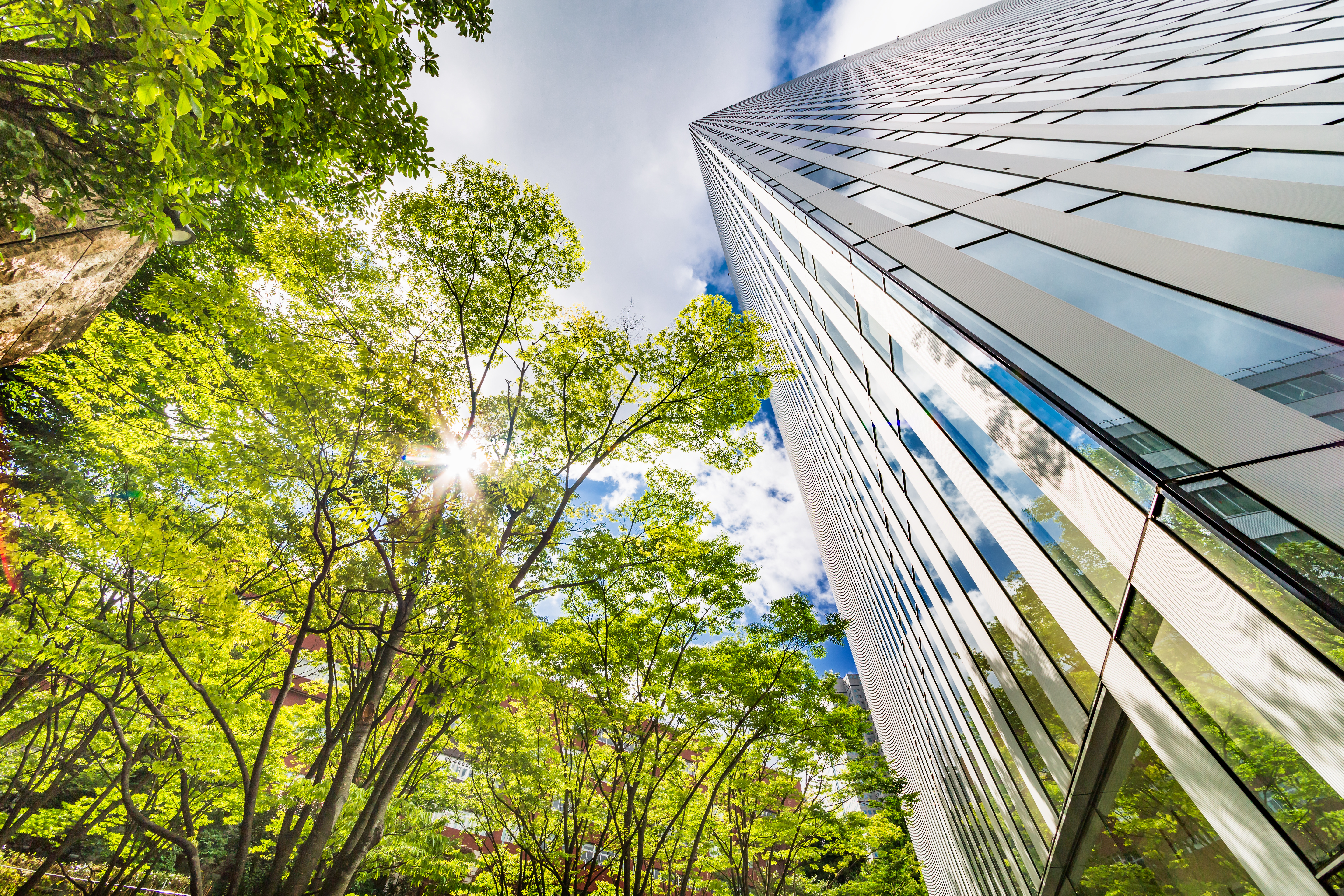Flexible workspaces can help commercial real estate 'go green'
Published by Wybo Wijnbergen on May 30, 2022

There can be no hiding from the climate change crisis affecting the planet. As individuals, organisations and industries, everyone must carefully consider what can be done to tackle environmental issues and improve sustainability.
The real estate sector is no exception. In fact, it has more to answer for than most.
Buildings are a major contributor to climate change, both through their construction and ongoing operations. In the UK, for instance, they are responsible for 23% of all carbon emissions – with 30% of these emissions coming from non-domestic buildings.
The way that buildings are constructed, run and maintained is, therefore, a massive topic. This is particularly true in the commercial real estate (CRE) sector, with the use of buildings undergoing significant changes in recent years, accelerated further by the pandemic and shift in working patterns.
Making better use of existing buildings
We must consider how to maximise the value of our existing CRE stock. That is because making better use of existing buildings (by transforming outdated office buildings into amazing flexible workspaces) is far better for the planet than constructing entirely new buildings.
Indeed, Sadiq Khan, the mayor of London, said last month that the retention of existing buildings must be "the starting point" for major London developments. He wants to see more done with the infrastructure that is already there.
Why is this so important?
It is a common misunderstanding to think that a property’s carbon footprint relates to the energy used to heat, light and power it. This is its operational carbon. Just as important is its embodied carbon.
Embodied carbon is the carbon footprint of a building or infrastructure project before it becomes operational. It also refers to the CO2 produced maintaining the building and eventually demolishing it, transporting the waste, and recycling it.
Cement – a critical part of concrete within buildings – is one of the largest emitters of CO2 in the built environment. So, the more we build, the more carbon emissions produced.

Whatever effort is put into improving the sustainability of how commercial properties are run, the starting point must be that we should develop fewer buildings and make the best use of what we have.
Transforming traditional office buildings – the landlords of which are, by and large, struggling to find tenants (more below) – into multi-functional, in-demand flexible workspaces is a great example.
Flexible workspaces and sustainability
Much has been written about the flexible working revolution, which was already gathering pace long before the emergence of Covid-19, which kicked this trend into overdrive.
As businesses and their employees embrace new ways of working, with time often split between working remotely and in an “office”, clearly the use and functionality of buildings must also change.
infinitSpace recently commissioned an independent study among 200 office landlords in the UK. We found that a massive 62% are struggling to secure traditional tenants right now. The number is even higher (66%) for those with commercial properties in London.
Almost two thirds (64%) of landlords said they have witnessed a notable shift in the demands of existing and prospective tenants since the start of the Covid-19 crisis, with 65% saying that the rise of remote working has forced them to reconsider the layout, design and functionality of their office buildings.
Evidently, to remain competitive, office landlords are needing to embrace flexible workspace. This means changing the design, fit-out and functionality of commercial buildings in urban hubs. And not just in London or the UK; this is a global trend.
Positively, this transformation will aid the CRE sector’s efforts to “go green” – to become more sustainable by tackling carbon emission.
As well as ensuring the retention and repurposing of existing CRE, flexible workspaces are also well placed to tackle operational carbon. By allowing a flex workspace operator to oversee the fit-out and maintenance of a building, wholesale improvements can be made. From smart LED lighting that use motion sensors, through to high-spec technology that reduces the need for paper and waste, the best flex workspace operators can help commercial landlords – and the sector as a whole – take large strides forward in becoming more sustainable.
At infinitSpace, we are passionate about working with office landlords to transform traditional workspaces into ones that are flexible, sought after and sustainable.
Commercial landlords, if you want to know how we could work together to create an incredible flexible workspace in your building, get in touch today.
